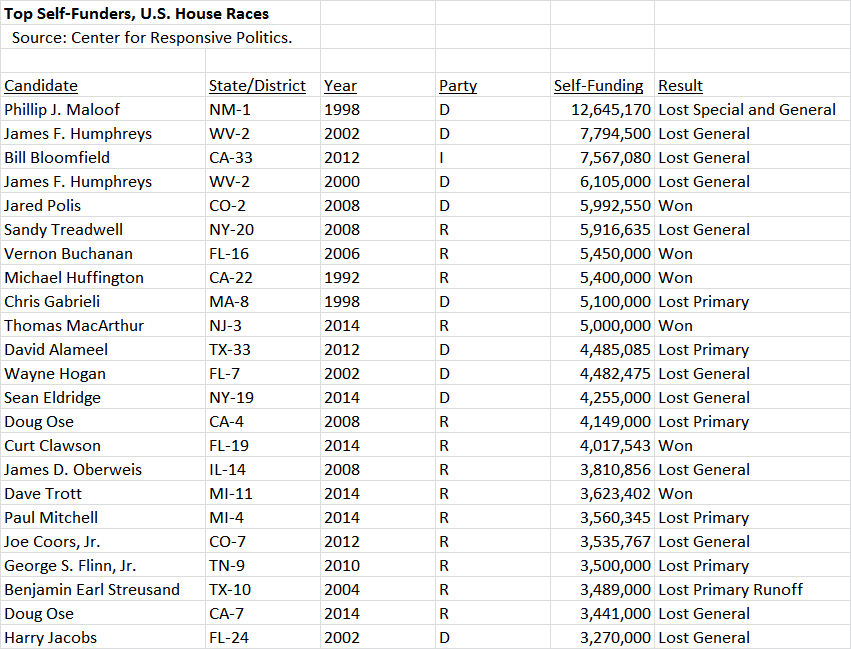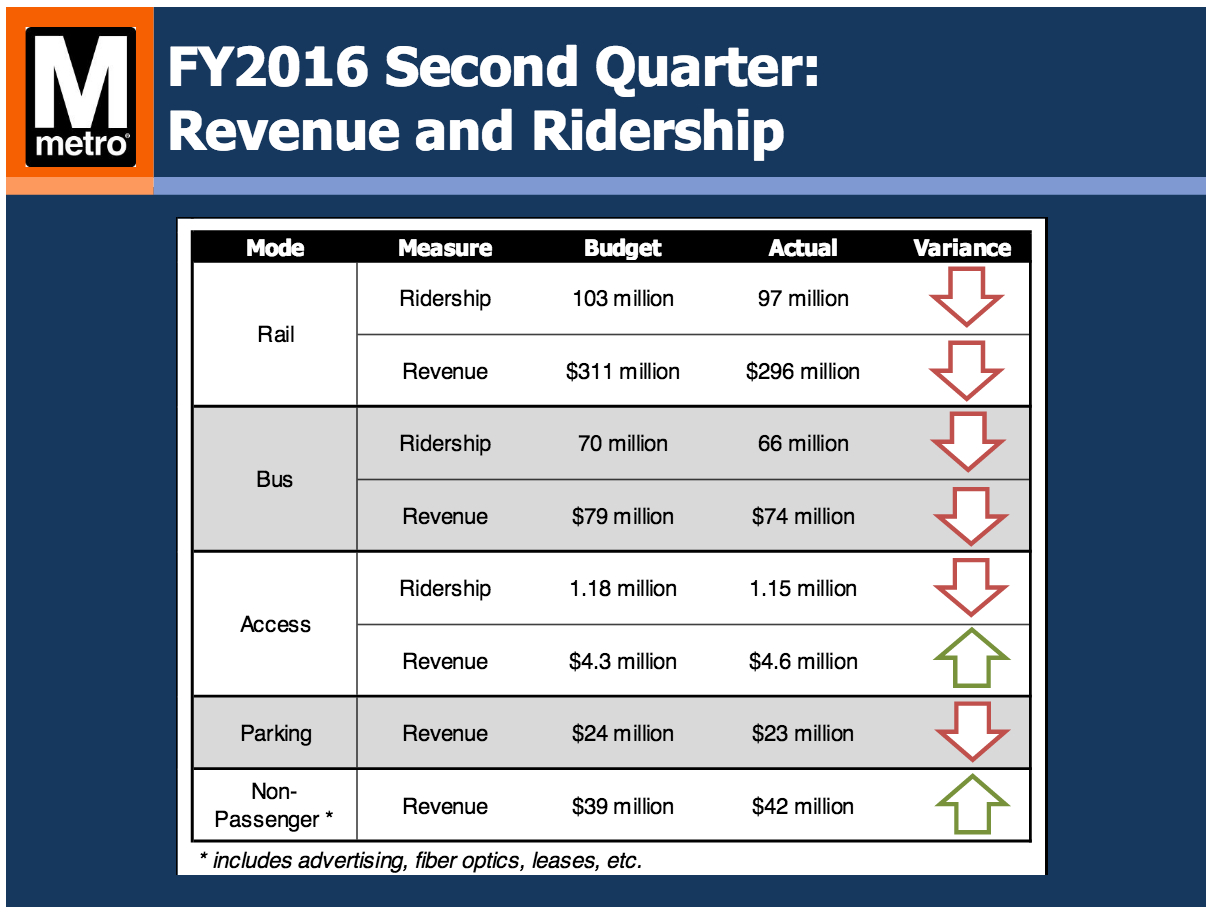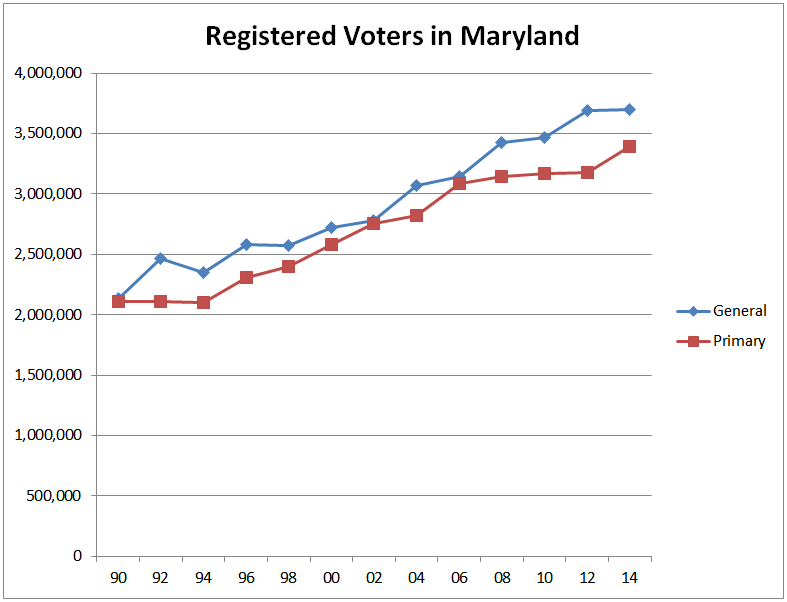Today, I am pleased to present a guest post from Adam Pagnucco:
Candidates in both Congressional Districts 4 and 8 are targeting predictable Democratic Party constituencies like women, liberals, environmentalists, African Americans and Latinos for votes. That’s standard operating procedure in most Democratic primaries. But because of the geographic peculiarity of the two districts, there’s another constituency that could play a major role in deciding the election: federal employees.
Because Montgomery and Prince George’s Counties border the District of Columbia, they have countless thousands of residents who commute to federal jobs downtown every day. The two counties also have numerous large federal employers of their own, including the National Institutes of Health, Andrews Air Force Base, the Census Bureau, NASA, the Food and Drug Administration, the Department of Health and Human Services, Walter Reed, NOAA and more. Prince George’s is making a strong bid to host the FBI. Anne Arundel County, which has part of CD4, is home to Fort Meade and the Naval Academy.
According to the U.S. Bureau of Labor Statistics and the U.S. Bureau of Economic Analysis, federal employers constitute about ten percent of each county’s employment and personal income.

But this counts only federal establishments located within each county; it does not count residents who commute outside their boundaries. It also doesn’t count contractors who depend on federal clients or the various industries surrounding the federal government, like lobbying, consulting and legal services. One private sector economic firm estimates that 52% of the Washington area’s total job base is tied in one way or another to the federal government. Regardless of the statistics, it’s reasonable to assume that both CD4 and CD8 have tens of thousands of residents who either work directly for the federal government or who have family or friends who do so. It’s also reasonable to assume that they vote, particularly in Democratic primaries.
One thing that can be said about this group is that they are under stress. Consider recent events pertaining to federal employees.
Salary
While many federal employees are represented by unions, their pay levels are set by federal law and not by collective bargaining. Federal pay was frozen during the 2011-2013 period and rose by 1% in 2014, 1% in 2015 and 1.3% in 2016. Accounting for local area price inflation, federal employee pay fell by 7% in real dollars between 2010 and 2015.
Parental Leave
Federal employees do not have paid parental leave. When they have children, they must either use accumulated sick leave and vacation time or accept unpaid leave. When Sens. Barbara Mikulski and Brian Schatz (D-HI) introduced a bill to provide paid leave last year, Schatz noted, “While private companies are beginning to see the benefits of providing paid family leave, America is still the only industrial nation in the world without a program that gives working parents the time off and income they need to care for a new child.” President Obama provided for paid leave in his latest budget, but congressional Republicans are ignoring it.
Sequester and Shutdown
The rise of a Tea Party Congress led to a spending sequester and a government shutdown in 2013. Shutdowns were barely avoided in September and December of 2015. The sequester has chilled not merely the federal government but the entire regional economy for years.
Budget Uncertainty
Congress’s growing reliance on continuing resolutions and last-minute budgetary showdowns have played havoc with department budgets and make it harder for federal employees to do their jobs. One federal manager commented, “What people don’t realize is that once the budget is approved, it takes time for the money to trickle down to agencies. For example, managers in my agency still don’t have the ability to spend their budgets without getting approval for everything from a contract to a stapler. And we don’t have a firm estimate of when we will be able to spend freely.” Training and travel are often adversely affected.
Retirements and Turnover
Led by Baby Boomers, an exodus of federal employees is underway. Turnover among young workers is also considerable. This puts pressure on those who remain. One federal lawyer commented, “I see that all around me – so many young lawyers that were in my office when I started 5 years ago are gone. Sure, some are leaving because they get fed up with bureaucracy, or want to move onto something else, but being a pawn and/or punching bag of Congress doesn’t help. And the advantages of working in the private or non-profit sector for attorneys can be huge in terms of schedule flexibility (non-profit sector, including universities) or salary/benefits (private sector).”
Republicans in Congress
Make no mistake: Congressional Republicans are targeting federal employees. Last year, the House and Senate each proposed budgets that went after the federal workforce. According to the Sun, “While details of the House and Senate versions of the budget differ, both chambers have approved slashing the size of the federal workforce by 10 percent through attrition, increasing the contribution workers make toward their retirement savings and cutting the share of health insurance covered by the government.” Months later, Senate Republicans floated a plan to fund highway spending by cutting federal pension rates of return. The Chair of the Senate’s committee that oversees the federal workforce opposes the existence of federal unions, wants to trim pension benefits and wants to cut the federal workforce by 10% and contractors by 15%. Another Republican Congressman wants to eliminate dues checkoff for federal unions, a move designed to cripple their finances.
Republican Presidential Candidates
The federal government and its employees are a frequent target of GOP presidential candidates. Carly Fiorina has said, “We have come to a pivotal point in our nation’s history where this nation’s possibilities and potential are being crushed by a government grown so big, so powerful, so inept, so corrupt, and a political class that refuses to do anything about it. . . . the truth is 75 percent of the American people think the government is corrupt.” Rand Paul has said he would like to see “a government so small I can barely see it.” John Kasich wrote that “Washington is obsolete” and wants to gut the Education and Transportation departments. Scott Walker wanted to ban federal unions. But none of them can touch Ted Cruz, who wants to eliminate five departments and 25 smaller agencies that he says “prop up special interests at the taxpayer’s expense.” Cruz’s targets include Commerce, Education, Energy, HUD and the IRS. Cruz would also replace across-the-board pay raises for federal workers with “more opportunities for merit-based pay increases.”
U.S. Senator Barbara Mikulski and Congressman Chris Van Hollen have been strong advocates for federal employees and that has been a component of their immense popularity with their constituents. All candidates in both CD4 and CD8 would be wise to emulate their example. Whoever emerges as the top defender of the federal workforce might get an edge in what could be two close races.










